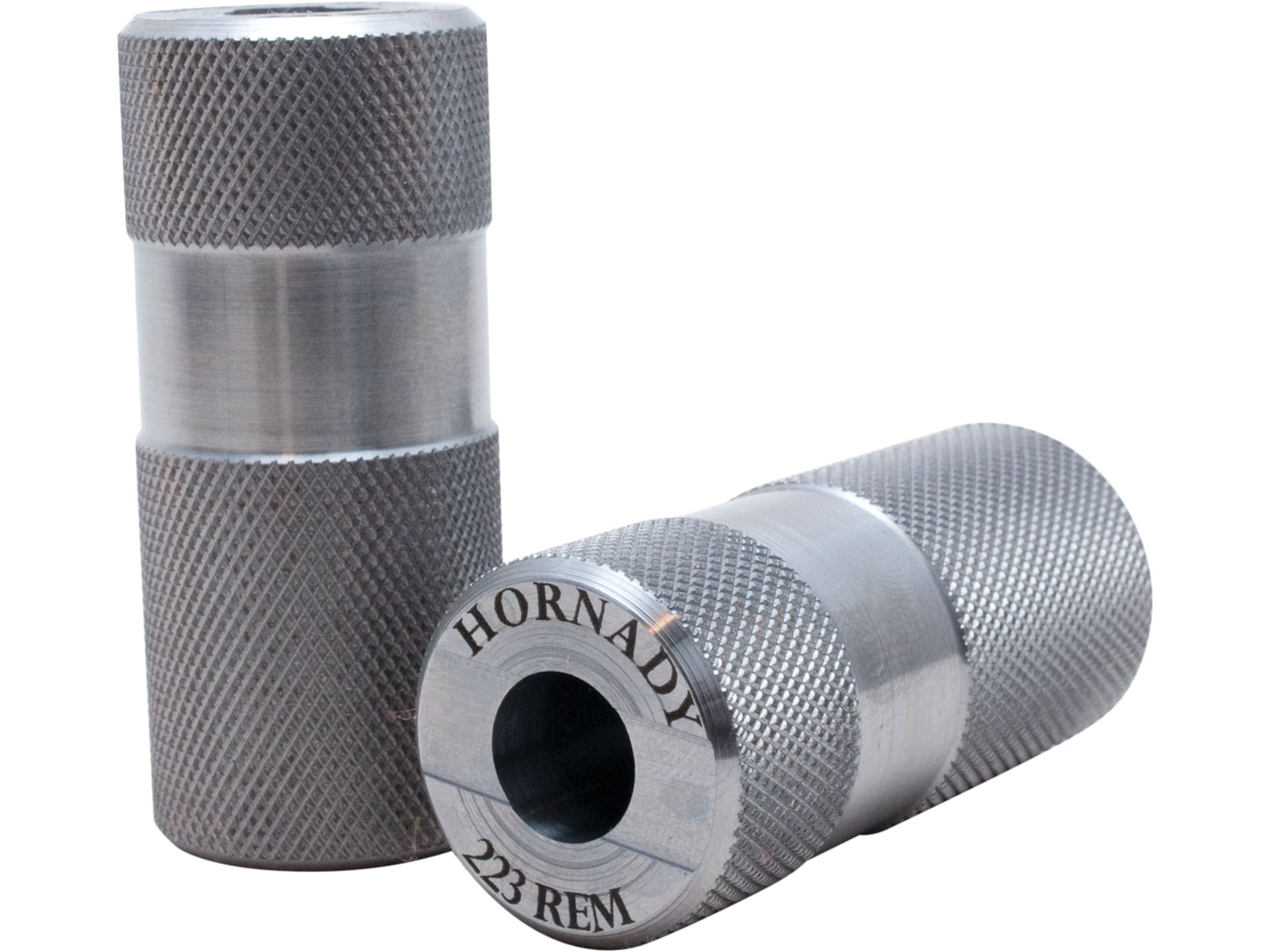Clicker
Well-Known Member
So I'm sizing mixed 2X fired cases (original annealing) and using the A-330 bushing setup as shown in the Hornady instructions. Caliper is zeroed to start and I've measured factory cartridges and some of my fired brass to determine a rough baseline. The problem is I shoot a bunch of different 5.56 guns and really don't keep the brass separated plus some are range pickups so I really don't know what gun any of this stuff was shot in.
Factory 5.56 seems to come in between 3.458" and 3.460" verses fired cases measuring anywhere from 3.464" to 3.470". Curious as to what dimensions you guys are reading when using this tool?
Moving forward I do plan to separate cases by brand and prep a bunch for one specific AR15 using a RCBS Gold Medal sizing die set mated to a Co-Ax press. My blasting ammo will be sized and loaded with another set of small base dies and I've got a third die set I could dedicate to loading frangibles on a single stage RCBS press.
Factory 5.56 seems to come in between 3.458" and 3.460" verses fired cases measuring anywhere from 3.464" to 3.470". Curious as to what dimensions you guys are reading when using this tool?
Moving forward I do plan to separate cases by brand and prep a bunch for one specific AR15 using a RCBS Gold Medal sizing die set mated to a Co-Ax press. My blasting ammo will be sized and loaded with another set of small base dies and I've got a third die set I could dedicate to loading frangibles on a single stage RCBS press.


